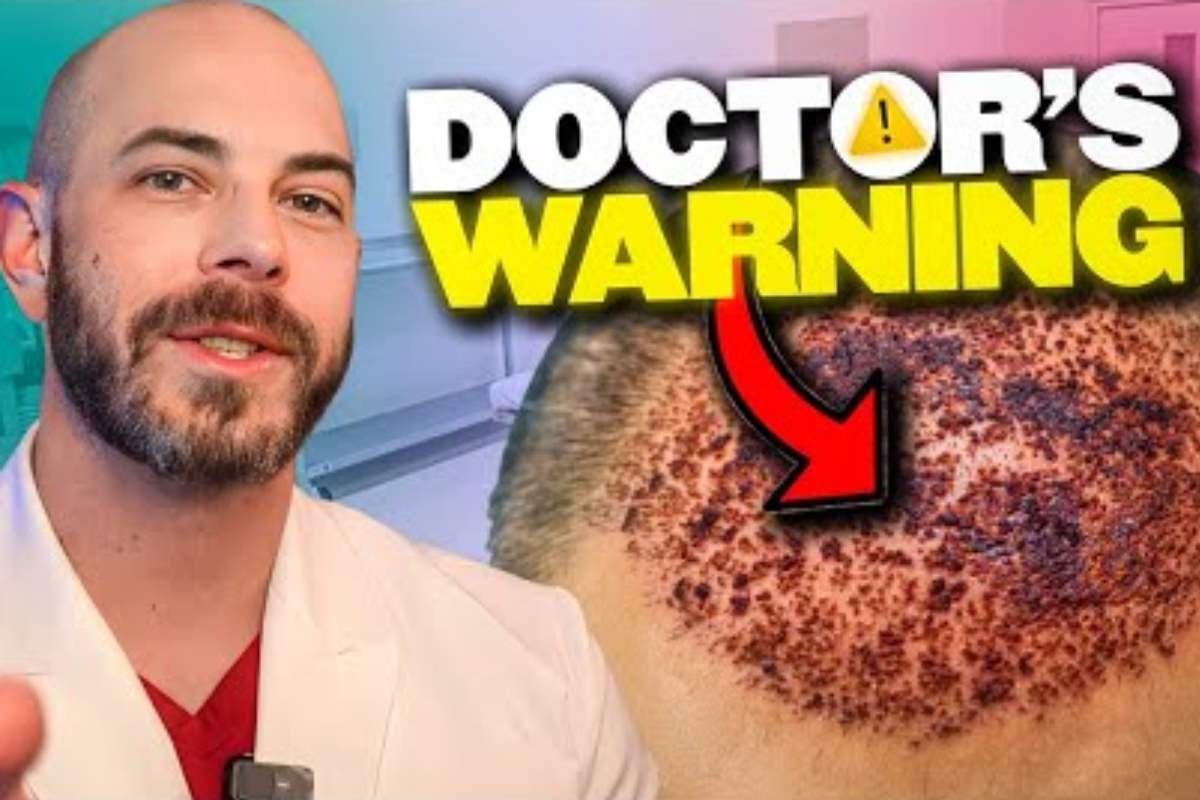We start today’s hair blog with a strange question: What is Neurofibromatosis? Neurofibromatosis Type 1 is a rare hereditary disease that causes multiple noncancerous (benign) tumors of nerves and skin (neurofibromas) patches of abnormal skin color (birth marks) but may also cause tumors in the brain, eyes, breast, bones etc. Now you might be wondering, “What does research into Neurofibromatosis have to do with balding and hair loss research in general?” Good question.
A Happy Hair Loss Research Discovery
Earlier this month, what started as an investigation into this rare disease shifted when the scientists at UT Southwestern Medical Center made an unexpected finding regarding a protein linked to Neurofibromatosis 1. This protein—KROX20—is generally associated with nerve development.
The scientists, led by Dr. Lu Le of UT’s Simmons Comprehensive Cancer Center, found that KROX20 initiates the transformation of certain skin cells into hair-shaft precursor cells. In turn, these precursor cells generate a second protein known as stem cell factor (SCF).
Interestingly, the researchers found that removal of KROX20-producing cells caused hair in mice to stop growing. These same mice ultimately went bald. When the researchers removed the gene for SCF, but left the KROX20-producing cells, the mice’s hair grew but turned white.
SCF’s role in hair generation wasn’t completely new information. Neither was the fact that SCF plays a role in pigmentation. However, before this study, scientists didn’t completely understand how SCF worked and interacted within the hair follicle itself to achieve it functions. Likewise, scientists did not know which specific hair follicle cells produce SCF or KROX20.
“Although this project was started in an effort to understand how certain kinds of tumors form, we ended up learning why hair turns gray and discovering the identity of the cell that directly gives rise to hair,” Dr. Le explained.
Hope for Future Hair Loss Treatments
Le added that the ultimate benefit of these findings might be the creation of a topical treatment for hair loss. The findings might also lead to a gene therapy to introduce the proper gene into the hair follicles. In theory, this futuristic treatment could reverse or “cure” baldness and could even change hair color from white back into a more youthful shade.
Additional Hair Loss Research Required
So what’s the next step in the long road to real-world drugs or gene-based therapies? The next objective, according to Le, is verification that the KROX20 and SCF processes work similarly or the same in humans. The team is also interested in further hair loss research revolving around whether deterioration of KROX20 cells and SCF genes naturally occurs as people age, leading to baldness and graying hair.
Unfortunately, as with the findings of a Scottish research team we wrote about in a blog last month, the findings of this hair loss research don’t foreshadow a cure for male pattern baldness—or any other kind of baldness—in the near future. The ultimate value of these findings is the hope they offer for the future. Thus, a need for significant amounts of related, follow-up hair loss research is to be expected.
Conclusion
However, if you’re struggling with the reality of male pattern baldness right now, don’t lose hope. At the Limmer Hair Treatment Clinic, we offer multiple treatment options for helping regrow your hair and helping keep your existing hair healthy. It’s important to remember that, because every patient is unique, results can vary from patient to patient for the same treatment option. However, we guarantee that the results will always be natural looking.
Come see us at Limmer Hair Transplant Clinic for a consultation, and we’ll work with you to develop a customized treatment plan that fits your unique needs.







